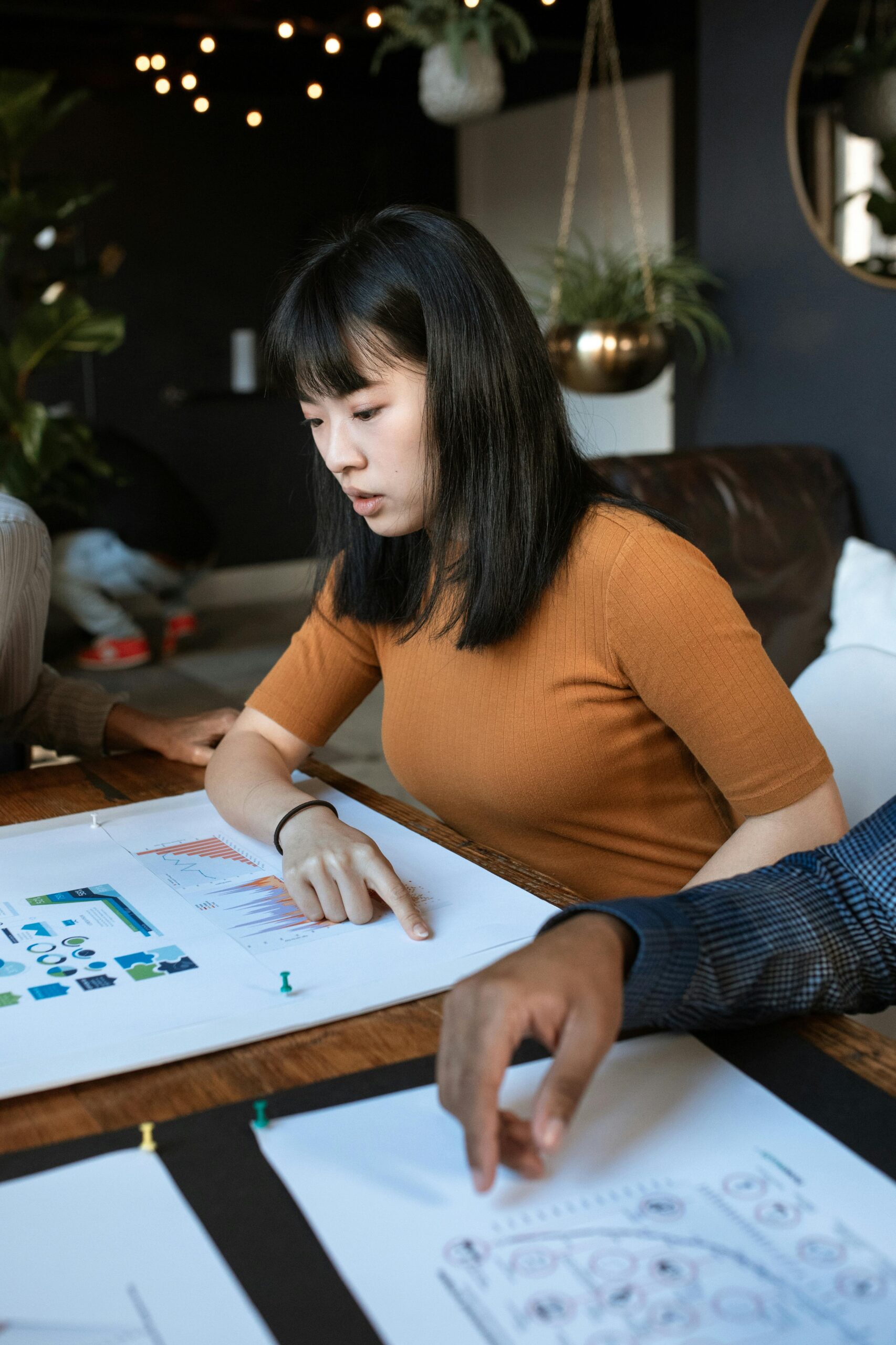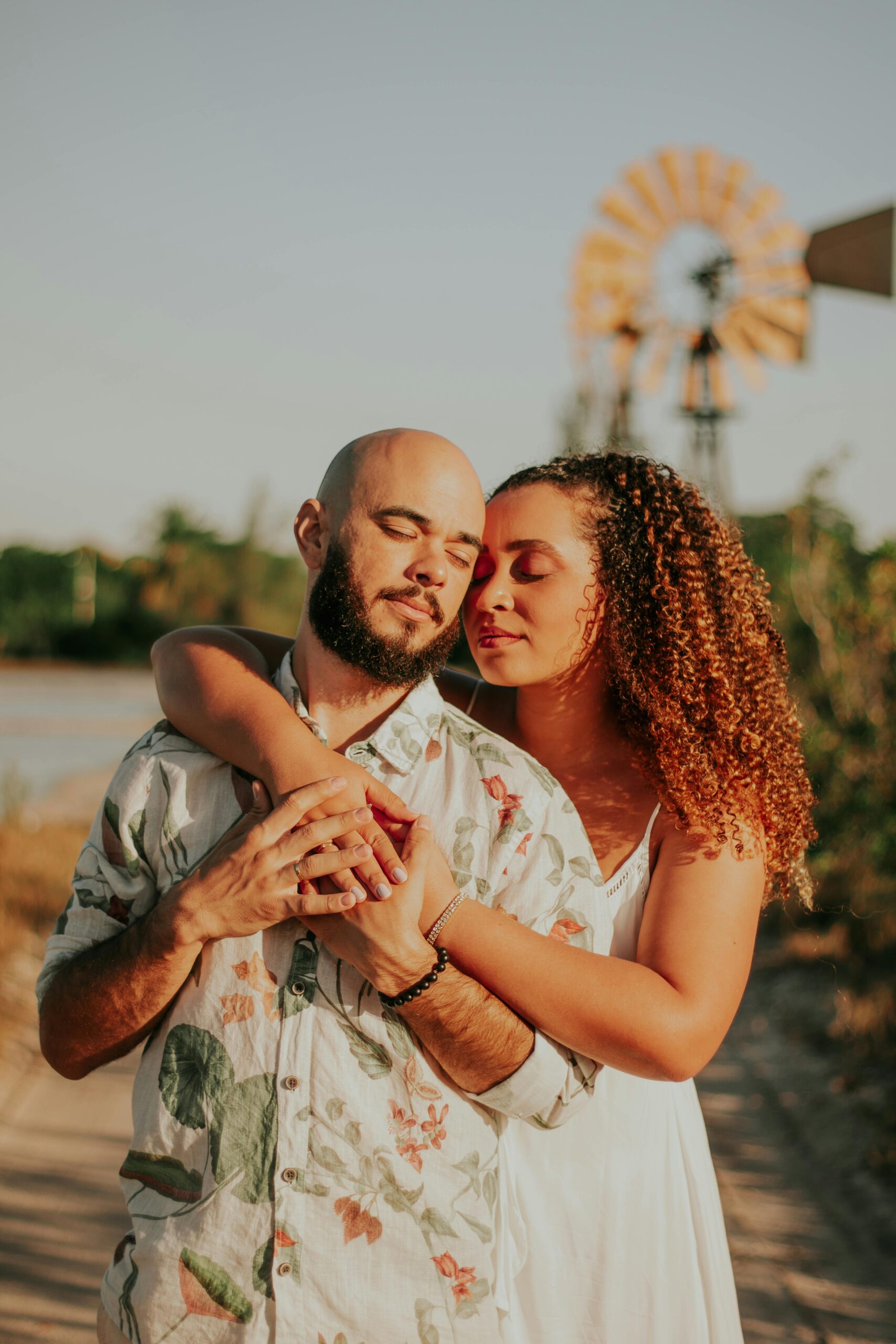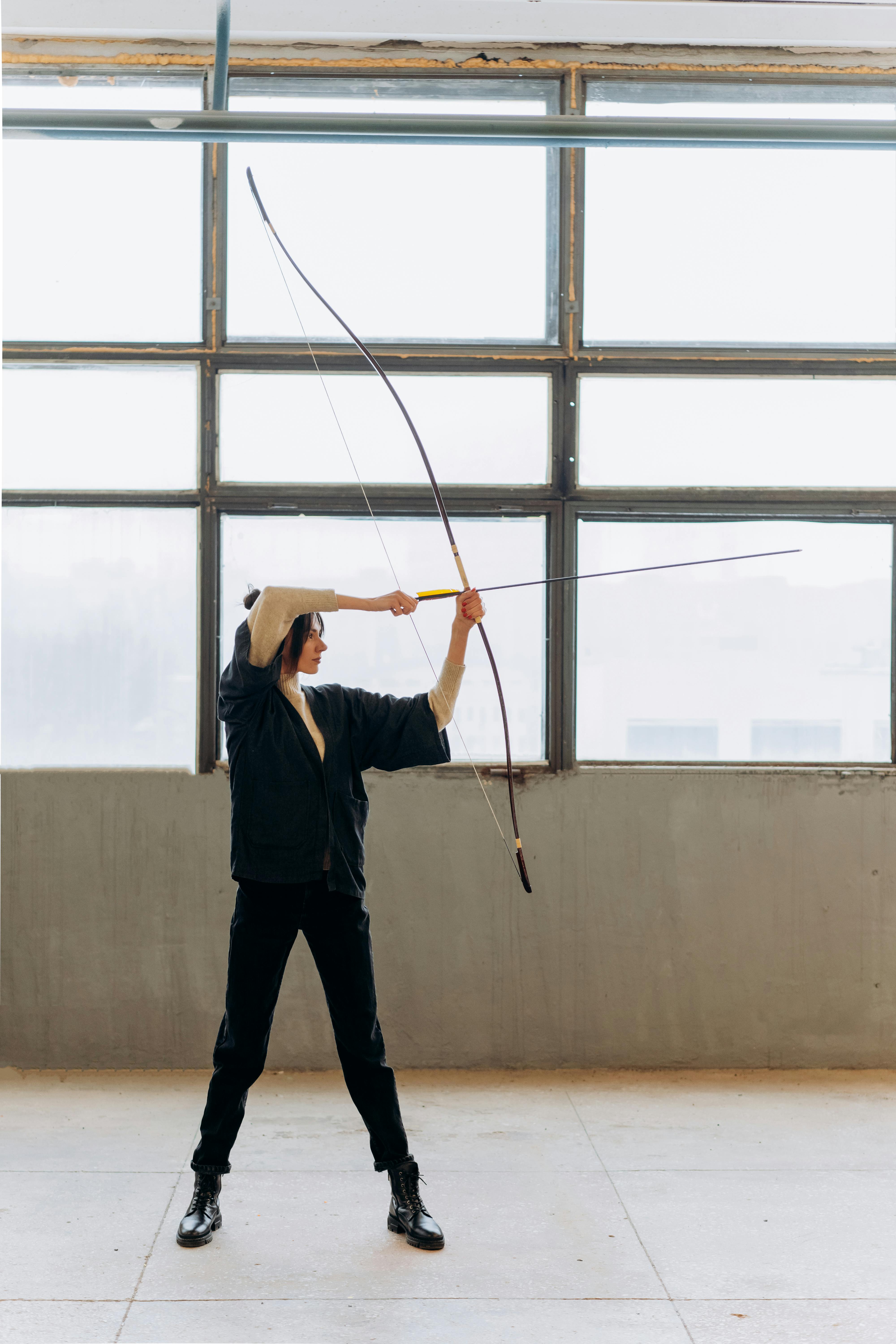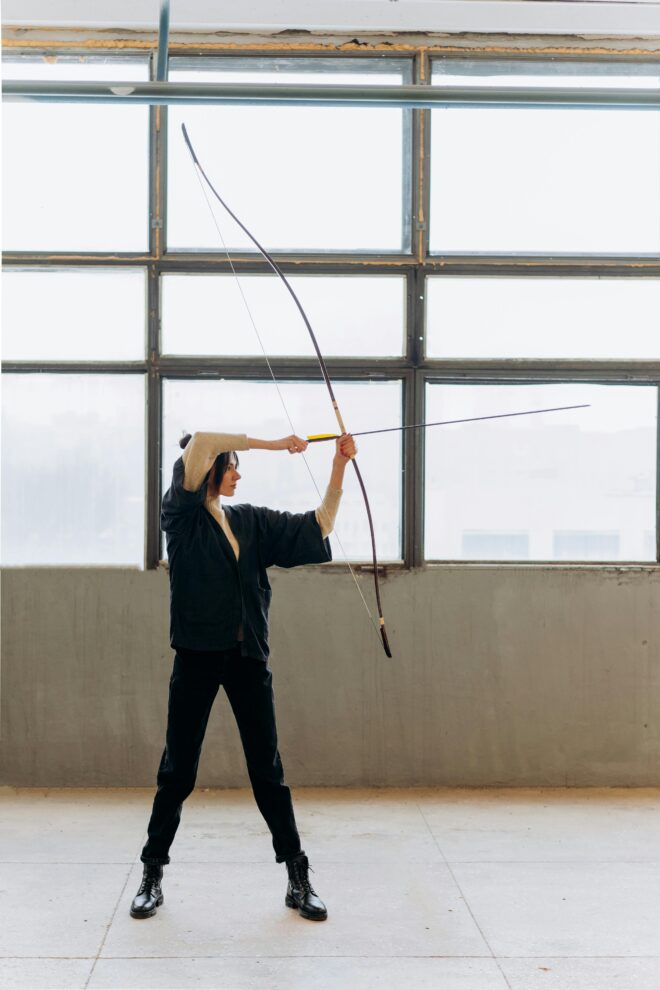When it comes to capturing stunning photos and videos in low-light conditions, having the right drone is crucial. Not all drones are created equal, and some are better equipped for low-light photography than others.
What factors should you consider when looking for a drone for low-light photography?
When choosing a drone for low-light photography, there are several key factors to consider. The first and most important factor is the camera quality. Look for a drone with a high-quality camera sensor that performs well in low-light conditions. Additionally, consider the drone’s ISO range, aperture size, and shutter speed capabilities.
How does camera sensor size affect low-light performance?
The size of the camera sensor plays a significant role in a drone’s low-light performance. Larger sensors typically capture more light, resulting in better image quality in low-light conditions. Keep in mind that drone cameras with larger sensors may come with a higher price tag, but the investment is often worth it for the improved image quality.
ISO range: why is it important for low-light photography?
The ISO range of a drone camera determines its sensitivity to light. A wider ISO range allows you to capture clear and detailed photos in low-light situations without excessive noise. Look for a drone with an adjustable ISO range for optimal low-light performance.
Aperture size: how does it impact low-light photography?
The aperture size of a drone camera lens controls the amount of light that enters the sensor. A larger aperture (lower f-stop number) allows more light to enter, making it easier to capture sharp and bright images in low-light conditions. When looking for a drone for low-light photography, prioritize models with a wide aperture lens for better image quality.
What are some of the best drones for low-light photography on the market?
DJI Phantom 4 Pro
The DJI Phantom 4 Pro is a top choice for low-light photography thanks to its impressive camera capabilities. With a 1-inch CMOS sensor, adjustable aperture, and wide ISO range, the Phantom 4 Pro excels in capturing stunning photos and videos in low-light conditions. Additionally, the drone’s advanced stabilization technology ensures smooth and steady shots even in challenging lighting situations.
Autel Robotics Evo II Pro
Another excellent option for low-light photography is the Autel Robotics Evo II Pro. This drone is equipped with a 1-inch sensor, adjustable aperture, and high ISO range, making it ideal for capturing high-quality images in low-light environments. The Evo II Pro also features intelligent flight modes and obstacle avoidance capabilities for ease of use and added safety during night flights.
Skydio 2
If you’re looking for a drone with exceptional low-light performance and autonomous flight capabilities, the Skydio 2 is worth considering. This drone uses cutting-edge technology to navigate obstacles and capture smooth footage in dark or challenging lighting conditions. With its high-quality camera sensor and advanced AI features, the Skydio 2 is a versatile option for low-light photography enthusiasts.

This image is property of images.pexels.com.
How can you enhance your low-light photography skills with a drone?
Experiment with different camera settings
To improve your low-light photography skills with a drone, don’t be afraid to experiment with different camera settings. Adjusting the ISO, aperture, and shutter speed can help you find the optimal balance for capturing clear and well-exposed images in low-light conditions. Take the time to practice and familiarize yourself with your drone’s camera controls to achieve the best results.
Utilize manual focus for precision
When shooting in low-light situations, using manual focus on your drone camera can help you achieve more precise and sharp images. Automatic focus modes may struggle to lock onto subjects in dark environments, leading to blurry or out-of-focus shots. Take advantage of manual focus capabilities to ensure that your low-light photos are clear and visually engaging.
Capture long exposure shots for creative effects
Long exposure photography can add a unique and artistic touch to your low-light drone images. Experiment with long exposure settings to capture light trails, starry skies, or dynamic motion blur effects in your photos. This technique requires patience and practice, but the results can be truly breathtaking and add a creative dimension to your low-light photography portfolio.

This image is property of images.pexels.com.
How can you ensure safety and compliance when flying your drone for low-light photography?
Check local regulations and restrictions
Before venturing out for a nighttime drone photography session, be sure to familiarize yourself with local regulations and restrictions regarding drone flight. Some areas may have specific rules or limitations on flying drones after dark, so it’s essential to abide by these guidelines to ensure a safe and legal flight experience.
Use proper lighting and visibility aids
Maintaining visibility and awareness of your drone’s position is crucial when flying in low-light conditions. Consider attaching LED lights or reflective markers to your drone to improve visibility and prevent collisions during nighttime flights. Additionally, using a powerful and reliable flashlight can help you navigate dark areas and locate your drone more easily if it lands out of sight.
Fly with a spotter for added safety
Having a second set of eyes on the drone can significantly enhance safety and confidence during low-light photography sessions. Enlist a trusted friend or spotter to assist you with keeping track of the drone’s position, monitoring battery life, and alerting you to any potential hazards or obstacles in the area. With a spotter by your side, you can focus on capturing stunning low-light photos without worrying about safety issues.
Conclusion
In conclusion, choosing the right drone for low-light photography involves considering various factors such as camera sensor size, ISO range, aperture size, and overall image quality. By selecting a drone with advanced camera capabilities and features designed for low-light performance, you can capture breathtaking photos and videos in challenging lighting conditions. Additionally, practicing different photography techniques, ensuring safety and compliance, and experimenting with creative effects can help you elevate your low-light drone photography skills to new heights. Get out there, explore the night skies, and unleash your creativity with the best drones for low-light photography!

This image is property of images.pexels.com.

